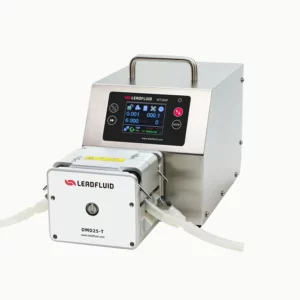What is the lifespan of a peristaltic pump?
The lifespan of a peristaltic pump can differ relying on a number of elements, consisting of the high quality of the pump, the operating problems, the regularity of use, and the maintenance techniques complied with. Generally, a well-kept peristaltic pump can last for several years and even years.
Below are some aspects that can impact the life-span of a peristaltic pump:
High quality of Building and construction: The quality of products and building and construction utilized in the pump can significantly influence its lifespan. Premium pumps made from durable products such as stainless steel, reinforced plastics, and chemical-resistant elastomers are most likely to have a longer lifespan than more affordable, lower-quality alternatives.
Operating Conditions: The operating conditions in which the pump is used can influence its life expectancy. Aspects such as temperature level, stress, humidity, and exposure to destructive or abrasive fluids can all affect the pump’s performance and durability. Operating the pump within its specified operating range and ecological problems can aid extend its lifespan.
Frequency of Use: The regularity and duration of use can likewise impact the life-span of a peristaltic pump. Pumps that are used constantly or for long periods might experience even more wear and tear than pumps that are made use of intermittently or for much shorter periods. Correct upkeep and normal assessment can aid identify and attend to any kind of issues prior to they result in premature failing.
Upkeep Practices: Normal maintenance and servicing are essential for extending the lifespan of a peristaltic pump. This includes cleaning, lubricating, and examining the pump components consistently, as well as changing worn or damaged components as needed. Following the producer’s advised upkeep schedule and procedures can assist protect against early wear and expand the pump’s lifespan.
Type of Fluids: The sort of liquids being pumped can additionally affect the pump’s life-span. Abrasive or corrosive fluids can create much more rapid wear and destruction of pump elements, causing shorter life expectancies. Making use of suitable products and taking suitable preventative measures when managing harmful or aggressive fluids can assist lessen the threat of damage to the pump.
Overall, with proper care, maintenance, and operating conditions, a peristaltic pump can last for several years, providing trusted efficiency in a large range of applications. Routine evaluation, upkeep, and substitute of worn parts are crucial to maximizing the life expectancy and effectiveness of the pump.

